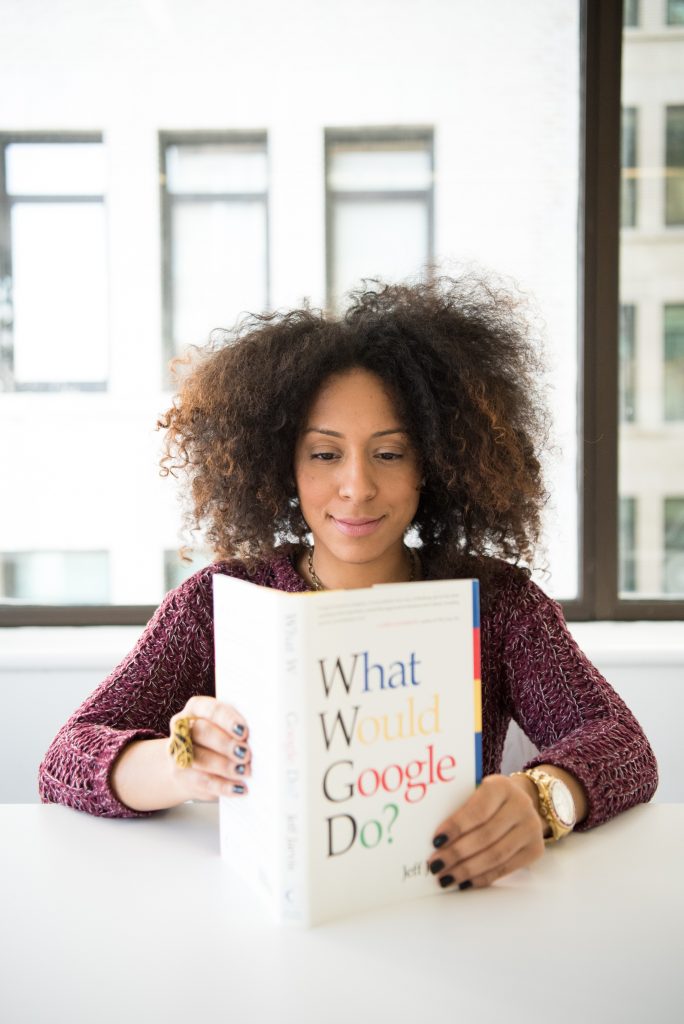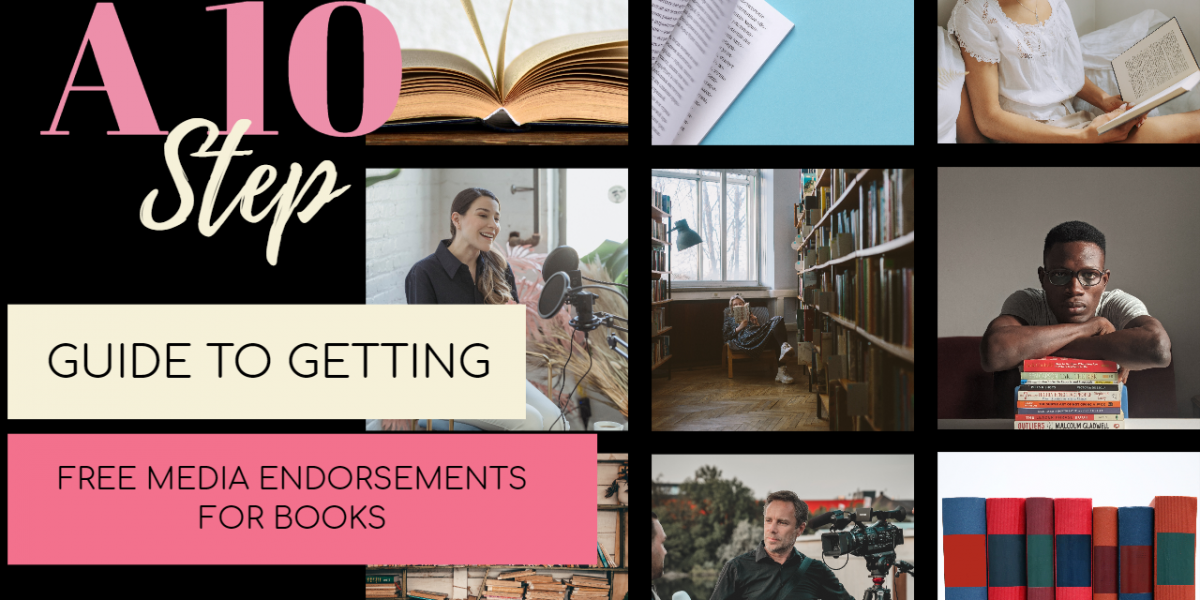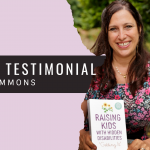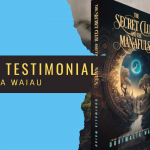
10-Step DIY Guide to Getting Free Media Endorsements for a New Book
If you don’t want to hire an agency like Palamedes to do it for you, then it’s possible to obtain regional press endorsements yourself and without spending a penny. With luck, this short, straight-talking guide for authors and publishing houses will help to make the process a little faster and less frustrating.
Step 1: Prepare Your Crib Sheet
Generally speaking, the regional press likes to cover stories about local authors. These are typically feel-good stories that balance those of crime and other ‘heavy’ news. So whether you’ve penned a work of fiction or non-fiction, and whether this is your first book or your twenty-first, your regional press will likely show an interest. But unlike the scores of misguided PR ‘experts’ everywhere, you really don’t need a press release to get their attention. In fact, I would be so bold as to say a press release can – and often does – cause more harm than good, principally because they’re often duller than ditch water. Instead, draft a simple crib sheet – a set of succinct notes for easy reference – containing the information that you think a reporter might find interesting. This is your sales pitch so it needs to be short, to the point, and interesting. Here’s a dummy crib sheet for illustrative purposes:
Local mum-of-three | Always loved reading books but failed GCSE English and told I was “useless” by teacher | Taught myself how to write using YouTube tutorials during Covid-19 lockdowns while looking after children | About to release my first book next month about the joys of writing as a parent | Have been told it would make a great Netflix series | Incredibly proud but especially so as it’s “two fingers up” at my old English teacher | Am now trying to encourage other mums (or people without English qualifications, like me) that writing books is perfectly possible| Thought it might be a good story for [Name of Publication]
Most regional reporters would view this as a solid local story. So consider your own circumstances and what events caused you to put pen to paper (or to put pen to paper again), and jot them down in chronological order like this. Keep it short, interesting, and to the point. Remember that this is a crib sheet, not a script, so you’ll need to be able to say it aloud using only the notes for guidance.
Step 2: Organise Photographs
Not so long ago, most of the larger regional media outlets (and even lots of the small ones) had one or more full-time photographers who travelled the length and breadth of their patch shooting pictures for upcoming news stories. But as the number of newspaper photographers continues to fall following widespread layoffs, an increasing number of outlets now rely heavily on submitted content. With this in mind, have a good selection of high-res images on-hand and ready to share. If someone else took the photographs and the copyright belongs to them, then remember to obtain their consent, preferably in writing, and check if they require an image byline (credit).
Decent photographs (and, if applicable, video) really do make all the difference so it’s important that you’re photographed in good lighting conditions and in a variety of settings. Crucially, try to ensure that your photographs are relevant to your pitch. Our dummy version, for instance, refers to the author’s three children and to her failing GSCE English. Using this example, the author should be pictured with her three children and, separately, holding her GCSE English results certificate.
Step 3: Prepare for the Interview and Write Your Own Soundbites
With a bit of luck, your pitch will ignite interest and lead to a longer interview. Depending on the reporter’s workload, you might be interviewed more fully there and then, or asked to call back. Either way, you’ll need to know what to say when that interview takes place. A second crib sheet that expands on the original will come in handy for this purpose. Here’s an expanded version of our dummy version:
I’m 31 years old and a full-time, stay-at-home mum of three girls – Beth (12), Sarah (10) and Phoebe (8) who all attend Name of Local School. I’m married to Name of Partner, who is 32 and works at the Name of Local Business. | I always loved reading books when I was at school but I didn’t do well in English at Name of School because the teacher (who I won’t name to prevent any libel actions) constantly told me I was useless and my confidence faded. I then failed GCSE English and never wanted to write anything again | But during the first lockdown in early 2020 when I was home-schooling the children, I started to watch lots of YouTube tutorials so that I could teach them English more effectively. It was at this point that I discovered how-to videos about writing novels. I was hooked on the idea of becoming a novelist and over the course of the next 18 months devoured as many tutorials as I could. | After two years of writing, I’m now about to release my first non–fiction book called ‘Name of Book’, which is a dream come true. It’s about the joys of writing as a parent and why people shouldn’t let the views of others stand in their way. My publisher, Name of Publisher, said it was one of the best books of the year and that I’m set to become one of Britain’s next bestselling authors. They also said that its a book that could easily be adapted for Netflix and probably will | I’m Incredibly proud of what I’ve achieved and my family is, too. But I’m especially pleased because it’s “two fingers up” at my old English teacher | My biggest aim is to encourage other mums (or people without English qualifications, like me) to write their own books and not be put off by what others say | I’ve got lots of photographs that I can send across and quotes from my publisher if that would be of interest?
The above example doesn’t waffle but instead elaborates on the key parts of the story. It’s easy to write (from a reporter’s perspective) and is likely to engage the paper’s/station’s readership or listeners. More importantly, it contains a number of little soundbites: “…one of the best books of the year“; “…set to become one of Britain’s bestselling authors“; “...a book that could easily be adapted for Netflix – and probably will“. With luck, these can be used as endorsements on your book’s jacket cover. We’ll get to that bit later.
Step 4: Identify Target Regional Media Outlets
Draw up a list of the regional newspapers, magazines and radio stations in your area. Now search their websites for the names and contact details of the reporters whose patches are closest to or cover your home or place of business. If you can’t find these details online, call their main switchboards – or, failing that, their newsdesks – and ask.
Now put that list in descending order of reach. For example, the first media outlet on the list should be the one with the lowest readership/circulation. And the last media outlet on the list should be the one with the highest readership/circulation. A BBC radio station with 250,000 listeners, for instance, should be above an independent magazine with a circulation of only a few hundred. This needn’t be exact – use your own judgement if finding specific readership/circulation figures proves tricky.

Step 5: Practise Your Pitch and Interview
Before calling those media outlets, practise your pitch and interview. Remember that your crib sheets are there as prompts, not scripts, so try to avoid reading them verbatim. Aim to make your pitch in everything you need to say in one minute or less. If your pitch is longer than one minute then it probably contains superfluous information that should be cut. It’s critical that you capture the reporter’s attention right from the start. If you’re asked for more information there and then, turn to your elaborated crib sheet and use it to expand on your original points. Again, try not to waffle and be as concise as possible.
Step 6: Contact the Media Outlets
Once you’ve rehearsed the pitch (and your interview) and you’ve polished your delivery, it’s time to call the media outlets and get it off your chest. Generally speaking there’s no right or wrong time to telephone a media outlet so long as you call within normal office hours. If the reporter you wish to speak to is out of the office or otherwise tied up, you may have the option of leaving a voicemail or speaking to someone else. I’d recommend neither and to instead try again later that day or the following morning. If you still can’t reach the reporter after repeated efforts, ask to speak to the news editor directly.
Remember that you’re calling the media outlets in descending order of readership/circulation. By doing so, each of the media outlets on your list will be under varying degrees of pressure to cover the story. Let me explain:
Much like their national counterparts, regional papers don’t like to miss a story or be one-upped/beaten to it by a competitor if they can help it. You can use this to your advantage. If you call the biggest outlet first, the reporter with whom you speak may or may not be interested in taking the story further. If the reporter isn’t interested then there’s not a lot more you can do. But if you contact that same reporter last, after speaking to the smaller outlets on your list beforehand (and making the reporter aware of that fact), s/he is more likely to put the story forward to his/her news editor. In turn, the news editor is more likely to run the story (online or in print). Why? Because the bigger outlet won’t want to miss it or be beaten to it by a competitor.
Smaller outlets, meanwhile, are more likely to run a story if they know they’ve received it first. This isn’t so much about flattery (though that will be a factor for some reporters, no doubt) but rather because it gives them the opportunity to beat a bigger, more resourced competitor to a story. Good reporters have a strong sense of professional pride and naturally want to break stories first. Coming in second isn’t something most like to entertain too often.
There are no guarantees that this strategy (which, by the way, is perfectly above board in every sense) will work but it should increase your chances if nothing else. Clearly if you have a great story then it doesn’t matter who you speak with first because all of the outlets are likely to run it.
Step 7: Send Photographs and/or Copy Content
If you’ve spoken with the media outlets on your list and none expressed an interest, then I’m afraid you’re at the end of the road, at least with those publications. If that’s the case, then you could expand your list of media recipients and try again. Alternatively, there’s nothing stopping you from re-nosing your pitch and speaking to another reporter.
But for the purposes of this DIY guide to obtaining media endorsements for books, we’ll assume that one or more outlets have expressed an interest. Here’s what to do now:
1. If you’ve already been interviewed and the reporter has asked for photographs, now is the time to send them in to the email address s/he provided. If a picture credit (“byline”) is required – because you don’t own the copyright, for instance – be sure to point this out. [And to echo my point above, be especially sure you have the photographer’s written consent to send the photographs in the first place].
2. If you weren’t interviewed but asked to send in further details by email (which is probably most likely) then use your elaborated interview crib sheet for this purpose. You can send the photographs at the same time. There’s nothing stopping you from asking when the piece may go to press/go live online in your email.
Step 8: Hope and Pray – but Don’t Badger
So you’ve made your pitch, you’ve been interviewed (or submitted more content), and you’ve provided images. Now’s the time to hope and pray that the story is covered. With a bit of luck you won’t have long to wait. Check the outlets’ websites frequently and pick up print editions when they become available. Feel free to contact the reporter for an update if it’s been longer than a fortnight since providing content. If you don’t hear back, leave it another fortnight and try again. But if you don’t receive a response, don’t badger (however tempting) and widen the net.
Step 9: Turning Soundbites into Endorsements
We’ll assume that if you’ve reached this step your story has been covered by one or more media outlets. And if that’s the case, congratulations. You’ve achieved more than most PR ‘agencies ‘experts’ do for a fee.
If you’ve followed the steps above, there’s a high chance that the media coverage you’ve obtained will include the soundbites that you weaved into your pitches and either voiced during the interview or submitted by email. If it doesn’t, then you’ve still secured media coverage for your book and should give yourself a pat on the back. But if the coverage does include those soundbites then here’s what to do next:
1. Contact the reporter, preferably by telephone, to thank him/her for running the story and for his/her time. Making these relationships now could save you a lot of time in the future and go both ways: you’ll have direct access to a sympathetic journalist and s/he obtains a potential new source of content.
2. Explain to the reporter that you’d like to add a couple of sentences from the coverage to your book cover (and/or to social media platforms and Amazon as applicable), together with the name of the media outlet, and you want to check that doing so would be OK. Point out what these sentences are; in the case of our dummy story, “…one of the best books of the year“; “…set to become one of Britain’s bestselling authors“; and “...a book that could easily be adapted for Netflix – and probably will“.
3. In our experience, most regional reporters won’t object. S/he wrote those words (or words like them), after all, so they’ll usually be happy for you to use them for the purposes of an endorsement. In such a case, it’s worthwhile dropping the reporter an email following the conversation to thank them for allowing you to use the quotes in that way. This provides you with a written record of that permission and conversation should the outlet ever object in the future, however unlikely that may be.
4. It could be that the reporter is unable to grant you permission and needs consent to do so from higher up the food chain. If so, then thank him/her and await their feedback. With luck, that decision will fall in your favour. If that consent isn’t given (and the outlet objects) then it’s still possible to use the coverage to your advantage on the book’s jacket. We’ll get to this in the final step, below.
Step 10: Leveraging the Endorsements
If you’ve reached the 10th and final step, the reporter and/or media outlet will have granted you permission to use the media coverage in this way. It’s now up to you to leverage those endorsements as you see fit. Most authors and publishers will display them on their book’s front jacket cover, while others will add them to a ‘Praise‘ section inside. Most will use them for Amazon profiles and for Amazon listings, too. No matter what you do, make sure you utilise the endorsements only in the manner for which you have obtained permission.
If you weren’t granted permission to use the coverage for endorsements, then all is not lost. It’s fine to add the words, ‘As featured in [Name of Publication]’ to your jacket cover and to social media and sales platforms because the book has been featured in that/those publication(s).
A Summary
This 10-step guide won’t always lead to media endorsements but by following it you should increase the chances of securing valuable media coverage and the opportunity to add ‘As Featured In…’ to your jacket cover. It’s a win-win, whichever way you look at it. Our consultant goes about obtaining endorsements from the national press in a relatively similar way, so if this guide works for you with the regional media you could try following a similar strategy with national press journalists. Wishing you the very best of luck.




